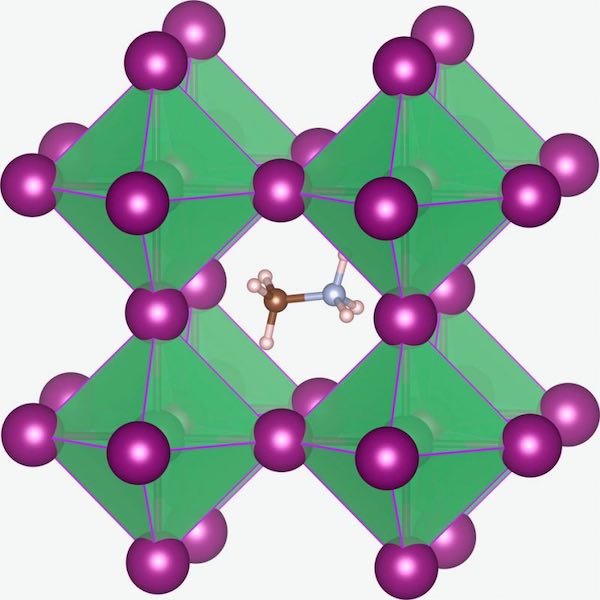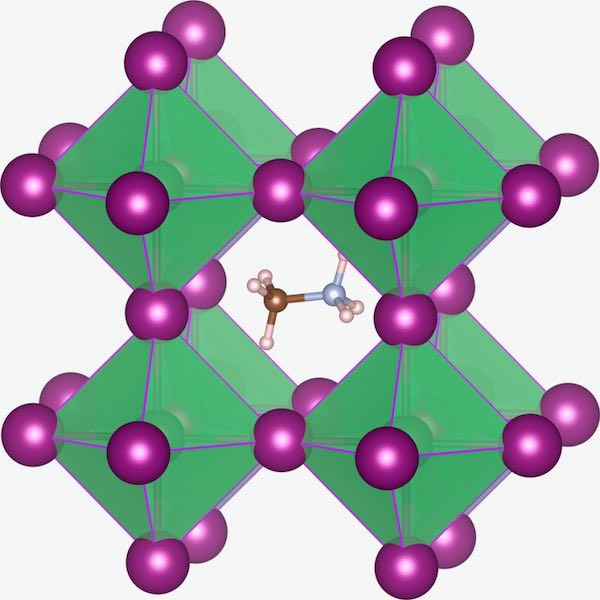Metal halide perovskites have long since emerged as potentially promising photovoltaic materials, however, despite ultra-low thermal conductivity, development of them for thermoelectric has proven tricky, and research into their suitability for thermoelectric applications has been limited.
Now, scientists from Queen Mary University of London have reportedly made a breakthrough. Conducting experiments on thin films of the halide perovskite—cesium tin iodide—to test its ability to produce an electrical current from heat, they found that they were able to improve the materials’ thermoelectric properties using methods that involved partial oxidation and the introduction of additional elements.
Improving Thermoelectric Performance of Halide Perovskite
In a world currently experiencing, as some commentators have put it, a ‘climate emergency’, alongside rapidly rising greenhouse gas emissions, it is important to develop new technologies that are able to generate energy at as little cost to the environment as possible, and that can contribute to reversing the current changes seen in our climate.
To do this and transition to renewable energy sources, existing materials cannot be solely relied on. New materials with superior properties to existing ones must be developed, and, as mentioned above, halide photovoltaic materials have been recognized as one of these.
Thermoelectric materials, which halide perovskites are one of, use temperature differences to generate energy. They have been suggested as a sustainable approach to energy production and recycling, as they can convert waste heat into electricity. Currently, those that are widely used are costly to use and process, and there has been little by the way of research into them due to this.

An illustration of the CH3NH3PbI3 perovskite crystal structure developed by the school of engineering and materials science at the Queen Mary University of London.
Dr. Oliver Fenwick, lecturer in materials science at QMUL, said, “For many years halide perovskites have been suggested as promising thermoelectric materials. But whilst simulations have suggested good thermoelectric properties real experimental data hasn’t met these expectations. In this study, we successfully used ‘doping’ techniques, where we intentionally introduce impurities into the material, to tweak and improve the thermoelectric properties of cesium tin iodide, opening up options for its use in thermoelectric applications.”
As the world wakes up to climate change and the fact that several renewable energy solutions will need to be developed to meet our future energy demands, it is thermoelectric generators that are taking center-stage in the arena of “green technology”.
One area where thermoelectric technology has huge potential is domestic, commercial, and wearable applications. For these applications to come to full fruition, there is a pressing need to find cheaper, non-toxic materials that can perform well at low temperatures.
Highlighting the fact that current thermoelectric are expensive, sometimes toxic, and have benefitted little through R&D, Dr Fenwick added that, “Our research suggests the halide perovskites could, with some fine-tuning, fill this void.”




